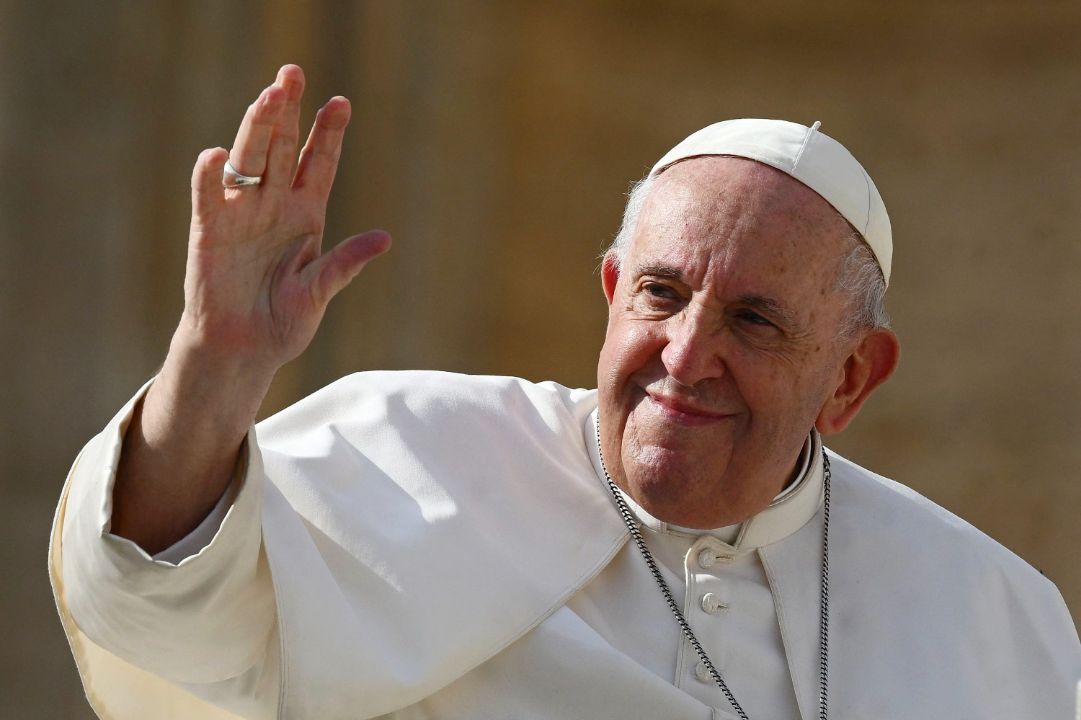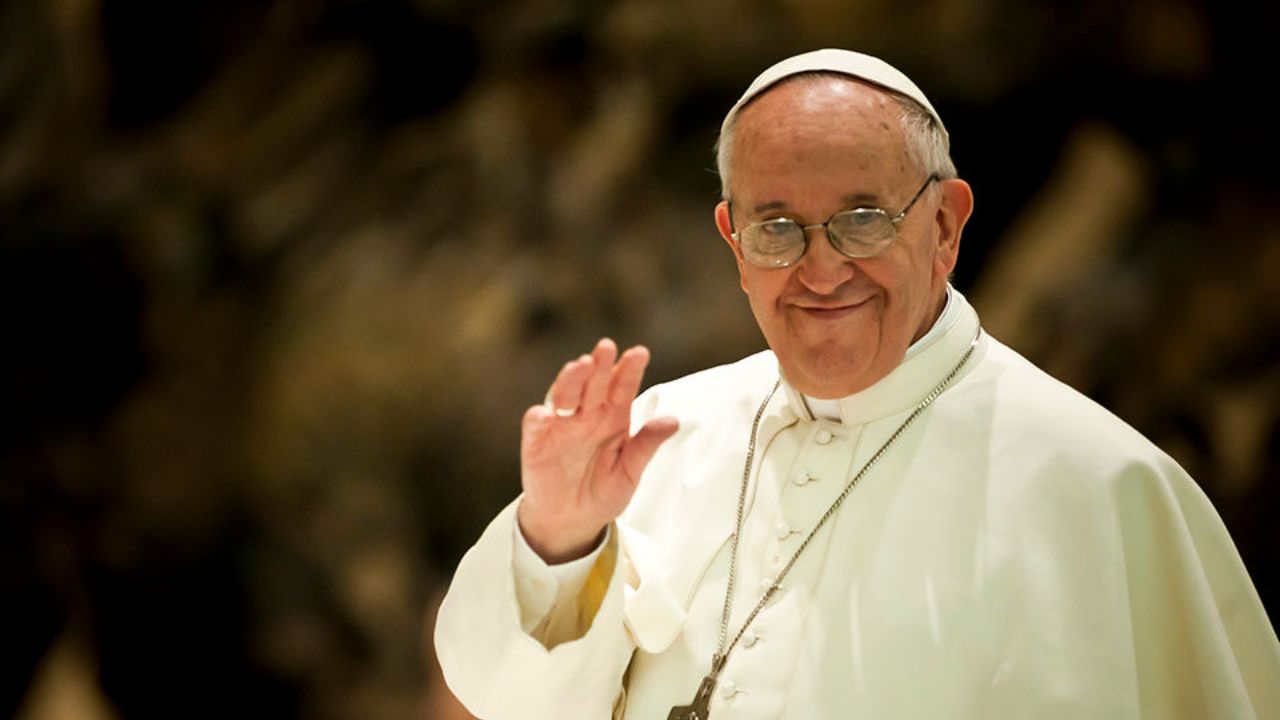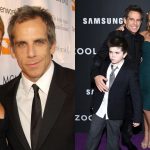Pope Francis, who passed away in April 2025, was a figure of immense global influence, yet his personal wealth remained one of the most debated and misunderstood aspects of his life. Unlike many world leaders, he didn’t flaunt riches or live extravagantly, but the question of his wealth still sparked curiosity. Some reports claimed he was worth just $100, while others suggested figures as high as $16 million. The truth, as always, was more nuanced than the headlines.
The idea that Pope Francis had a net worth of $100 came from his well-documented commitment to simplicity. He famously refused to live in the grand Apostolic Palace, choosing instead a modest room in the Vatican guesthouse. He wore plain shoes, used an old Ford Focus, and turned down many of the traditional luxuries associated with the papacy. Technically, he owned almost nothing in his own name, which is why some argued his personal wealth was negligible. Everything he used—cars, residences, even his famous white cassock—belonged to the Vatican, not to him personally.
But then there were the reports of a $16 million fortune. This figure didn’t come from personal bank accounts or private investments. Instead, it reflected the assets and resources he had access to as pope. The Vatican, as an institution, controls vast wealth, including real estate, art, and financial holdings. While Francis didn’t personally own these things, he had the authority to direct their use. Some estimates included the value of the cars at his disposal, the papal apartments (even though he didn’t live there), and the discretionary funds he could allocate for charity or other purposes.
What Was Pope Francis’ Actual Net Worth in 2025?
The confusion over his wealth often stemmed from a misunderstanding of how the Vatican’s finances work. Popes don’t receive a paycheck in the traditional sense. Technically, they’re entitled to a salary—around $32,000 a month—but Francis never took it. Instead, he either refused the money outright or directed it toward charitable causes. This was consistent with his Jesuit background, where vows of poverty are taken seriously. He didn’t just preach humility; he lived it, often surprising visitors with his unassuming demeanor and lack of pomp.
That said, being pope came with unavoidable perks. He traveled frequently, flying on chartered jets and staying in secure accommodations. The Vatican covered all his expenses, from meals to medical care. He had access to a fleet of vehicles, including the famous Popemobile, though he preferred simpler rides when possible. There was also a discretionary fund, reportedly around $385,000 per year, which he could use for donations, emergencies, or other needs. None of this money was his to keep, but it gave him significant influence over how funds were spent.

Critics sometimes pointed to the apparent contradiction between his modest image and the wealth surrounding the papacy. How could a man who criticized materialism and inequality be linked to an institution with billions in assets? Supporters argued that Francis never personally benefited from these resources. Instead, he used his position to push for financial transparency in the Vatican, cracking down on corruption and urging the Church to focus on serving the poor. His personal lifestyle remained frugal, even as the institution he led operated on a grand scale.
One of the most telling details about his relationship with money was his refusal of the traditional gold papal ring. Instead, he chose a simple silver one, a small but symbolic rejection of excess. He also avoided expensive gifts, often donating them to charity. When he did spend money, it was usually on others—funding shelters, supporting refugees, or aiding disaster relief efforts. His financial decisions reflected his broader mission: a Church that prioritized people over wealth.
So, was Pope Francis rich? It depends on how you define wealth. In terms of personal possessions, he had almost nothing. But in terms of access, influence, and control over resources, he wielded immense power. The $16 million figure wasn’t a bank balance but a rough estimate of the assets tied to his office. The $100 figure, meanwhile, captured his personal austerity. Both numbers told part of the story, but neither fully captured the man.
Ultimately, his legacy wasn’t about money at all. It was about how he chose to use—or not use—the resources available to him. He could have lived like a king, but he chose to live like a servant. That, more than any net worth calculation, was the true measure of his life.








